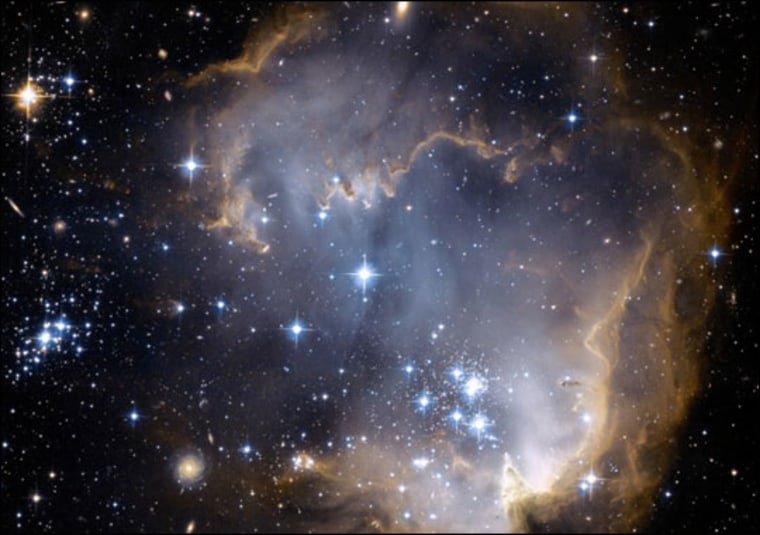Black holes or extrasolar planets? A look for dark energy or back to the beginning of time? These are the types of questions occupying teams of scientists hired by NASA to propose capstone space science missions for the 2020s.
The effort begins with 19 study contracts funded by NASA, which intends to submit the top proposals to the National Academy of Sciences. The board sets priorities for major U.S. science initiatives. Once every 10 years, it takes a crack at determining the country's priorities in space science, as well as other areas.
"There are concepts out there across the electromagnetic spectrum," said NASA's Jon Morse, head of the agency's astrophysics division in Washington, D.C. "There are follow-ups to Hubble, looking for extrasolar planets ... most every possible idea is represented."
Webster Cash at the University of Colorado in Boulder is heading a team looking at a way to take pictures of Earth-sized worlds around other stars. The team is studying a two-part telescope that includes a free-flying shade to block light from the target's parent star. The instrumented observatory could then collect light radiating from small and distant planets.
"We want to see the pale blue light," Cash told Discovery News.
The key to the project is the starshade, a 16-petaled contraption Cash developed from a mathematical formula.
"The breakthrough was the shape," he said. "It allows you to suppress diffraction (of light) and creates a distinct edge that makes a very, very dark shadow."
Ken Sembach at the Space Telescope Science Institute in Baltimore is intrigued by gas and dust that fills the space between galaxies, which is assumed to be spread web-like throughout space. But no one knows for sure.
"The astronomical community and the science community hold this as a truth ... but observationally we don't know that much," Sembach said. "I view it as something that's fundamental to understanding complex processes, like how galaxies form out of local material and also how superclusters and galaxies form over time."
The proposed missions range from $600 million to about $2 billion.
Special emphasis is being placed this year on deriving reliable cost estimates. One of missions developed from the last survey, the $4.5 billion James Webb Space Telescope, is hugely over-budget and not yet launched. The infrared version of Hubble is slated to fly in 2013.
The study concepts are due to NASA early next year.
"It'll be hard to pick, but at the end of the day, if you want to move an area of science forward, you have to get the advocates and the emotional energy to make it happen," Sembach said.
